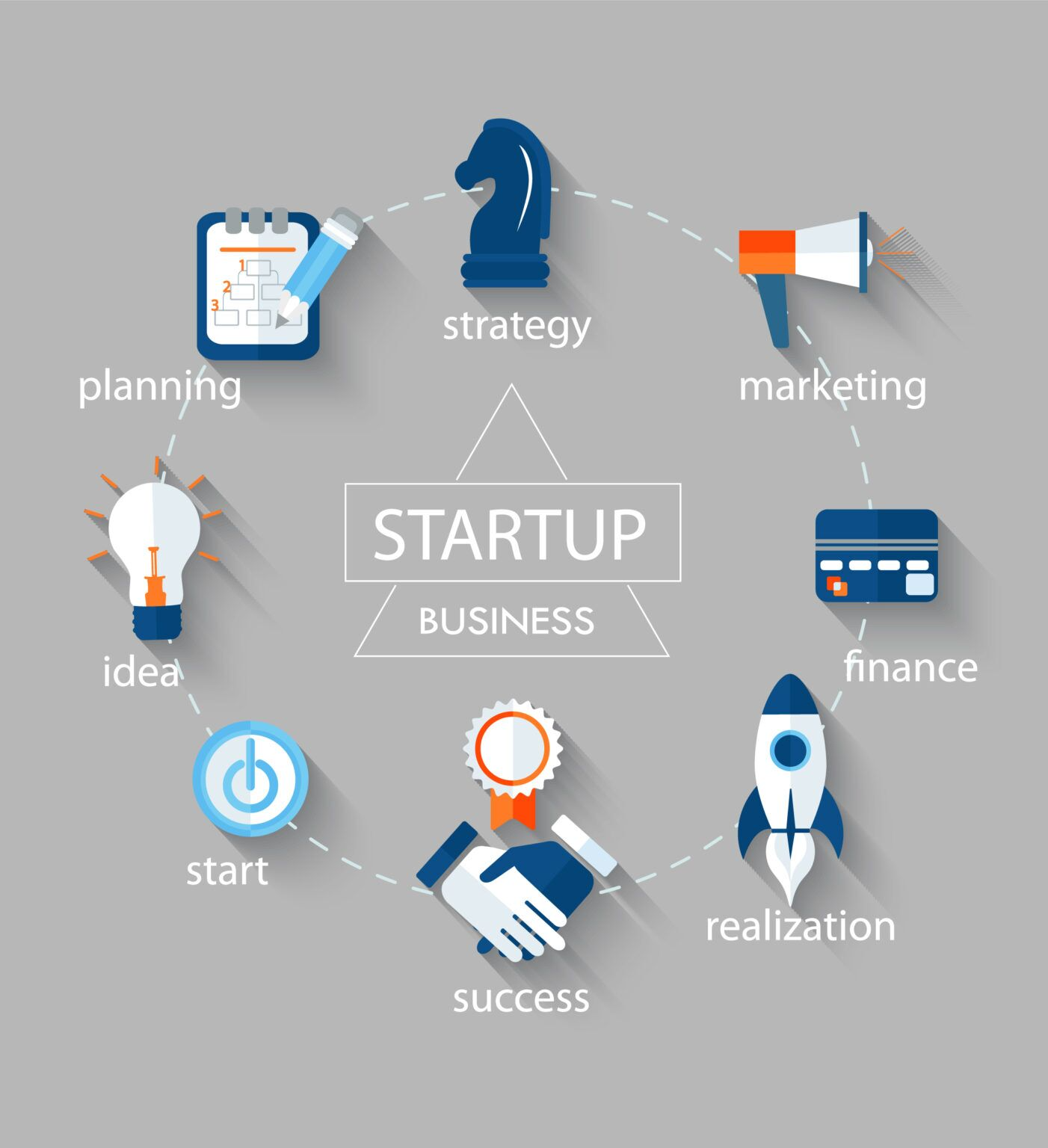 News
News
Bringing a startup idea to life is always a race against time. Every week spent on delayed features, missed feedback, or long hiring cycles can push your product further from the market and closer to being outpaced by competitors. That’s why nearshore development has become such a practical model for startups aiming to launch fast without sacrificing quality. By aligning work hours, plugging in sprint-ready squads, and scaling capacity exactly when needed, nearshore teams give startups the ability to move from concept to release at a pace that traditional hiring or offshore models simply can’t match.
How Nearshore Development Can Reduce Time-to-Market for Startups
Nearshore Time-zone Overlap.
When your product team and engineers share most of the same business hours, daily questions don’t wait for tomorrow. They get answered in real time. For startups shipping MVPs or chasing product-market fit, that turns blocking issues such as API questions, UX tradeoffs, or deployment failures into same-day fixes instead of multi-day stalls. Practically, you can set a shared 3 to 5 hour overlap window for design and development pairing, reserve a 30-minute daily sync for the core team, and use the overlap to perform code reviews and deploy approvals within the same day. This single operational change alone is repeatedly called out by nearshore practitioners as the main engine that reduces calendar time-to-market.
Faster Team Ramp and Plug and Play Squads.
Top content emphasises that many nearshore vendors provide engineers who are already working in Agile, use your common toolchain, and can attach to an existing sprint immediately. For startups this means you can skip long recruitment cycles and sprint through early feature sets by hiring a small composite squad of one product owner, two seniors, and two mid-levels that can start contributing in the first sprint. To make it work, create a 48-hour onboarding checklist that covers access, test data, architecture diagrams, and acceptance criteria examples, then run a one-day alignment sprint so new members ship a trivial but deployable change on day three. This is a repeatable lever that cuts calendar time at the very start of a partnership.
Cultural and Process Alignment Reduces Rework and Design Drift.
Nearshore partners often share similar business norms and engineering practices with target markets. That means fewer misunderstandings about product intent and fewer rework cycles from misinterpreted requirements. For a startup, this translates into fewer spec rewrites and smaller sprint churn. A practical approach is to document two product personas and acceptance tests per epic, run a shared design critique within the first 48 hours of a new feature, and limit asynchronous handoffs so that deliverables are “ready for development” inside the overlap window. These small process investments reduce iteration count per feature and fewer iterations directly shorten time-to-market.
Elastic Scaling.
Startups don’t grow in a straight line. When a launch or a pilot needs sprint capacity for 6 to 10 weeks, nearshore teams let you add vetted engineers quickly without permanent hiring overhead. Instead of spending 8 to 12 weeks recruiting and then waiting for notice periods, you can staff a sprint-ready pod in days so launches and feature sprints run to schedule. A strong practice is to start with a 6-week trial engagement, define exit criteria such as code quality, velocity, and pass rate at contract start, and bake continuous integration checks so increased headcount does not create technical debt. This approach preserves speed while keeping burn rate predictable.

Shorter Feedback Loops From User Data to Code.
Because nearshore teams can participate in daily analytics reviews and rapid hotfix cycles during the same timezone, startups capture user signals and ship corrective code in days rather than weeks. One effective method is to schedule a twice-weekly “data to action” meeting during overlap hours where product, analytics, and nearshore developers agree on one A/B change to implement that sprint, then ship and monitor. Repeatable small experiments are the fastest path to product-market fit and nearshore setups make those experiments truly rapid.
Cheaper Iterations Let you Prioritise Speed Without Breaking the Bank.
Nearshore often sits between onshore costs and offshore delays. That price advantage lets startups run more short experiments such as feature branches, usability tests, and performance tuning without blowing the runway. A useful tactic is to reserve a fixed exploration cadence with two one-week spikes per quarter that the nearshore team executes to validate risky features. Because each spike is affordable, you reduce the chance of big late pivots that delay launches by months. This is where time-to-market and burn-rate optimization converge.
Practical Checklist to Extract Time-to-market Gains From Day One
》 Secure a 3 to 5 Hour Overlap Window and Make it Non-negotiable
Time-zone alignment is the foundation of nearshore efficiency. Without it, you fall into the same traps as offshore models, where questions sit unanswered for a full day. By locking in a guaranteed overlap of at least three hours, your team can run daily stand-ups, unblock developers quickly, and make real-time product decisions. Treat this overlap as protected time where the entire squad is available for collaboration.
》 Use a 48-hour Onboarding Kit and a One-day Alignment Sprint
Don’t wait weeks for new engineers to figure out your environment. Provide a simple onboarding kit that includes system access, architecture diagrams, coding standards, and example acceptance criteria. Follow this with a one-day alignment sprint designed to deliver something small but shippable. The goal is proving that the team can move from setup to delivery in under three days.
》 Implement CI Checks and Code Quality Gates Before you Scale
Adding more developers without proper guardrails often slows you down rather than speeding you up. Before scaling, ensure continuous integration is in place with automated tests, static analysis, and code review requirements. This protects quality while allowing new engineers to contribute without fear of breaking production. By doing this early, you create a development environment where speed and quality scale together.
》 Turn User Analytics Into Bi-weekly Experiments
Data without action adds no value. To stay fast, schedule a recurring “data to action” session twice a week where product, analytics, and nearshore developers meet during overlap hours. Pick one measurable change from user data; a UX tweak, a performance fix, or a small feature, and implement it within the sprint. This creates a rhythm where user feedback is continuously translated into real product improvements.
》 Begin With a 6-week Engagement and Define Exit Metrics Up Front
Startups don’t need open-ended commitments. Kick off nearshore work with a 6-week engagement, clearly defining what success looks like: delivery velocity, code quality, and overall collaboration fit. This gives you enough time to see results while minimizing risk. At the end of the trial, you can confidently decide whether to scale up, adjust the model, or pivot. Clear metrics keep both you and your nearshore partner focused on outcomes that matter.
》 Build in Exploration Dprints to Reduce Big Late Pivots
Markets shift quickly, and assumptions often prove wrong. Instead of waiting until a major release to discover what doesn’t work, reserve short exploration sprints each quarter. These sprints let your nearshore team test risky features, run usability experiments, or try out new technical approaches at low cost. By validating early, you prevent the kind of late-stage pivots that add months to your timeline.
Why Blue Coding Would Be An Ideal Choice?
Our Blue Coding team knows that speed is everything for startups. Reducing time-to-market comes with building a development process that scales with your business goals, adapts to market changes, and keeps product quality consistent. That’s why we connect startups with skilled nearshore developers who work in your timezone, align with your culture, and integrate seamlessly into your existing workflow. Whether you’re launching an MVP or scaling a live product, our teams are ready to help you move faster without compromising reliability. Let's connect on a complimentary discovery call so we can discuss strategies to move your business ahead!



